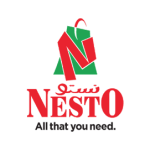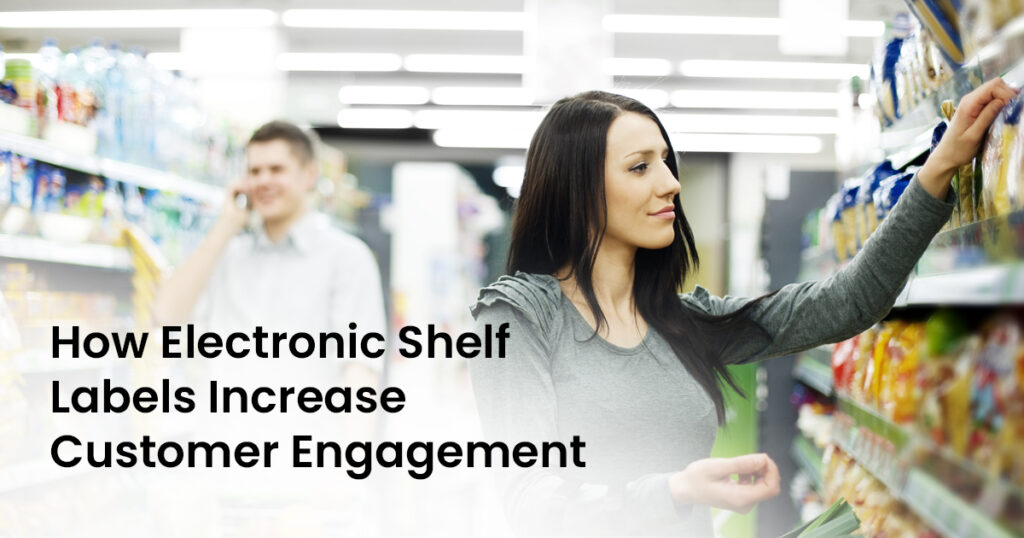In today’s competitive retail landscape, customer engagement is a crucial factor for success. Retailers constantly seek innovative solutions to enhance the shopping experience and attract customers. Electronic Shelf Labels (ESLs) have emerged as a game-changer in the retail industry, particularly in a vibrant city like Dubai. This blog explores the benefits of ESLs and how they contribute to increasing customer engagement in retail stores.
Understanding Electronic Shelf Labels (ESLs):
Definition and Functionality:
ESLs are digital price tags that replace traditional paper labels on store shelves. These labels utilize electronic ink or electronic paper technology to display product information, pricing, promotions, and other details in a dynamic and visually appealing manner.
Enhanced Product Information:
Accurate and Up-to-Date Pricing:
ESLs eliminate the need for manual price changes, ensuring that prices are always accurate and up to date. This transparency instills confidence in customers and eliminates pricing discrepancies.
Detailed Product Information:
ESLs offer retailers the opportunity to provide comprehensive product details beyond just the price. These labels can showcase product descriptions, nutritional information, customer reviews, and even videos, enabling customers to make informed purchasing decisions.
Dynamic Pricing and Promotions:
Real-Time Price Updates:
ESLs empower retailers to implement dynamic pricing strategies. Prices can be adjusted instantly to reflect changes in supply, demand, or competitor pricing. This flexibility not only attracts price-sensitive customers but also helps optimize revenue and profit margins for the retailer.
Personalized Promotions:
ESLs enable targeted promotions by displaying personalized offers to individual customers based on their preferences, purchase history, or loyalty status. This personalized approach enhances customer engagement and encourages repeat visits.
Improved Store Navigation:
Interactive Store Maps:
ESLs can display interactive store maps and wayfinding features, allowing customers to locate products quickly and easily. This convenience saves time, reduces frustration, and enhances the overall shopping experience.
Real-Time Inventory Information:
ESLs can provide real-time inventory updates, indicating product availability or suggesting alternative options if a desired item is out of stock. Customers appreciate this level of transparency and are more likely to trust the store’s inventory accuracy.
Increased Efficiency and Cost Savings:
Reduced Labor Costs:
By eliminating the need for manual price changes and label updates, ESLs significantly reduce labor costs associated with pricing and inventory management. Store employees can focus on customer service and other value-added tasks.
Centralized Control and Remote Management:
ESLs can be centrally controlled and updated from a single location, making it easy to manage pricing, promotions, and information across multiple stores. This centralized approach streamlines operations and ensures consistency in pricing and messaging.
Modern and Innovative Image:
ESLs provide a futuristic and visually appealing shopping experience. Customers are naturally drawn to the digital displays, creating a positive impression of the store as an innovative and technologically advanced retailer.
Interactive and Engaging Shopping Environment:
ESLs can be integrated with mobile apps or in-store digital platforms, allowing customers to engage with the labels for additional information, personalized offers, or interactive experiences. This interactivity enhances customer engagement and promotes brand loyalty.
Conclusion:
Electronic Shelf Labels are revolutionizing the retail industry by increasing customer engagement and improving the overall shopping experience. In Dubai, where retail plays a significant role, ESLs have the potential to differentiate stores and attract tech-savvy customers. By providing accurate pricing, detailed product information, dynamic promotions, and streamlined store navigation, ESLs contribute to customer satisfaction, brand loyalty, and increased sales. As the retail landscape continues to evolve, adopting ESLs becomes essential for retailers aiming to remain competitive and drive customer engagement.






